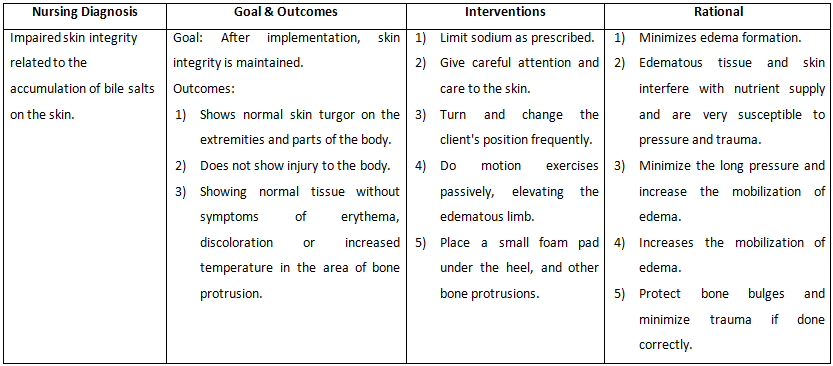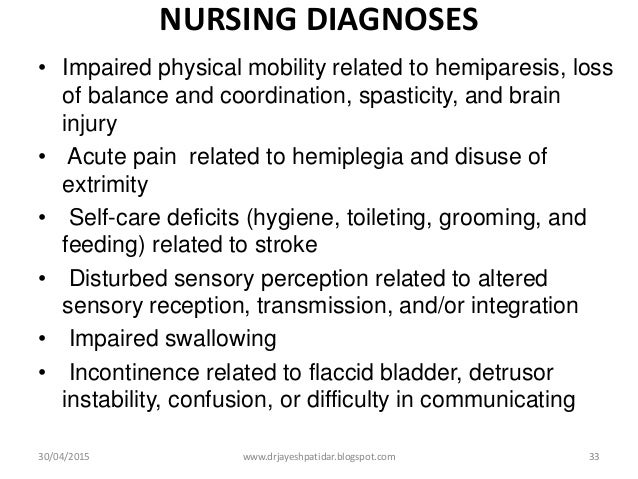
Assess changes in body temperature, specifically increased body temperature.įever is a systemic manifestation of inflammation and may indicate the presence of infection. Serous exudate from a wound is a normal part of inflammation and must be differentiated from pus or purulent discharge present in the infection.Ĥ. An odor may result from the presence of infection on the site it may also be coming from necrotic tissue. Pale tissue color is a sign of decreased oxygenation.

These findings will give information on the extent of the impaired tissue integrity or injury. Assess characteristics of the wound, including color, size (length, width, depth), drainage, and odor. Redness, swelling, pain, burning, and itching are indications of inflammation and the bodys immune system response to localized tissue trauma or impaired tissue integrity.ģ. Assess the site of impaired tissue integrity and its condition. Prior assessment of wound etiology is critical for the proper identification of nursing interventions.Ģ. Determine etiology (e.g., acute or chronic wound, burn, dermatological lesion, pressure ulcer, leg ulcer). Nursing Assessment and Rationales for Impaired Tissue IntegrityĪssessment is required to recognize possible problems that may have lead to Impaired Tissue Integrity and identify any episode that may transpire during nursing care.ġ. Patients wound decreases in size and has increased granulation tissue.Patient describes measures to protect and heal the tissue, including wound care.Patient demonstrates understanding of plan to heal tissue and prevent injury.Patient reports any altered sensation or pain at site of tissue impairment.

Use them in writing your short term or long term goals for your impaired tissue integrity care plan: The following are the common goals and expected outcomes for impaired tissue integrity.

Impaired skin integrity is characterized by the following signs and symptoms: Nursing Interventions and Rationales for Impaired Tissue Integrity.Nursing Assessment and Rationales for Impaired Tissue Integrity.Other factors include age, weight loss, poor nutrition and hydration, excessive moisture and dryness, smoking, and other conditions affecting blood flow. See Also: Risk for Impaired Skin Integrity Care Plan » When tissue integrity is left untreated, it could cause local or systemic infection and ultimately lead to necrosis. However, there are circumstances that it doesnt repair it at all and replaces the damaged tissue with connective tissue. Other causes can be related to thermal factors (e.g., burns, frostbites), or chemical injury (e.g., adverse reactions to drugs), infection, nutritional imbalances, fluid imbalances, and altered circulation (e.g., pressure ulcers).Ī break in tissue integrity is usually repaired by the body very well. The most common cause includes physical trauma (e.g., car accidents, sports injuries, cuts, blunt trauma, etc.). However, some factors may cause impairment or a break in this line of defense, causing impairment of tissue integrity. In a normal setting, these defenses are adequate to defend the body from any threats.

Specifically, our skin, cornea, subcutaneous tissues, and mucous membranes are our first line of defense against threats from the external environment. What constitutes our bodys protection against external threats? Yes, its the integumentary system. You can use this guide to help you develop your nursing care plan and nursing interventions for impaired tissue integrity.


 0 kommentar(er)
0 kommentar(er)
